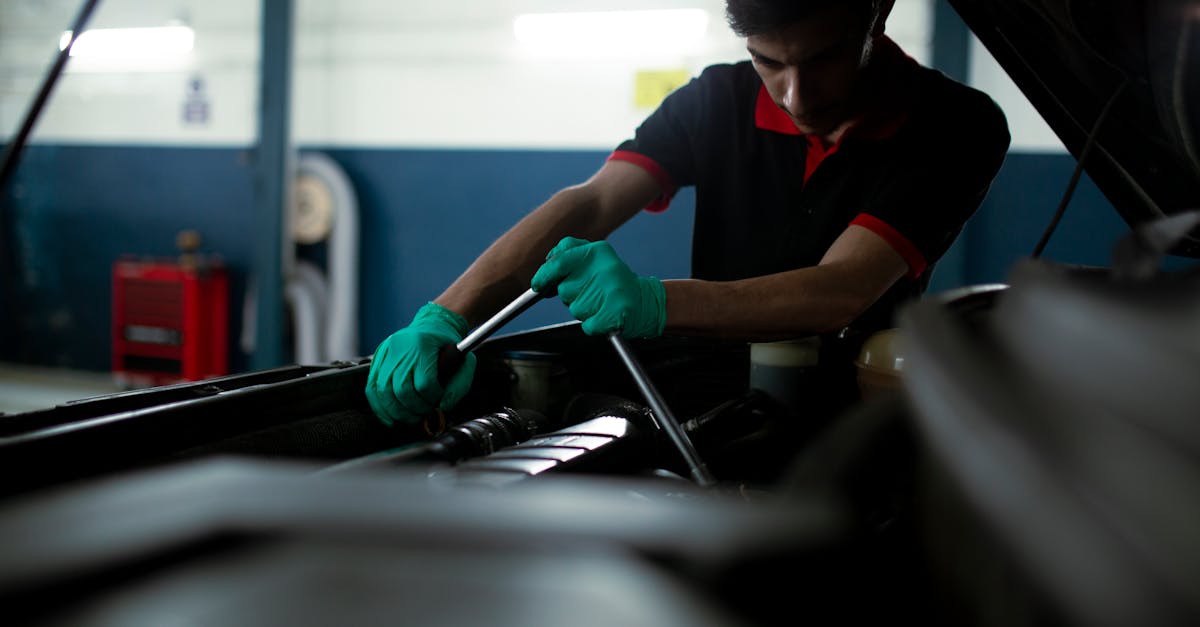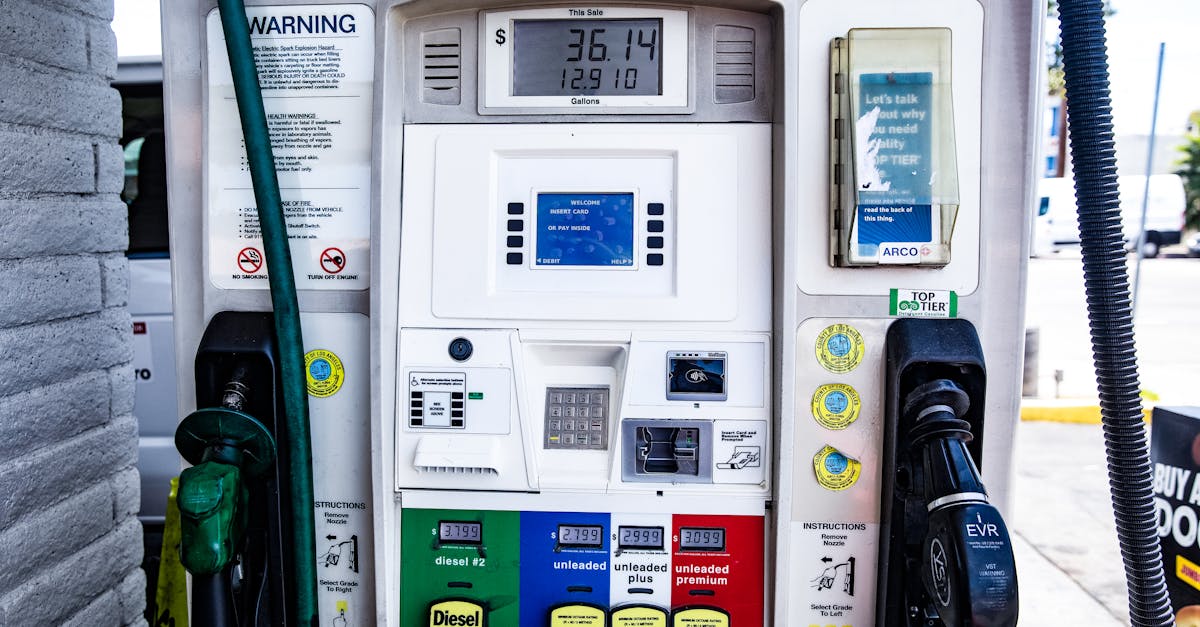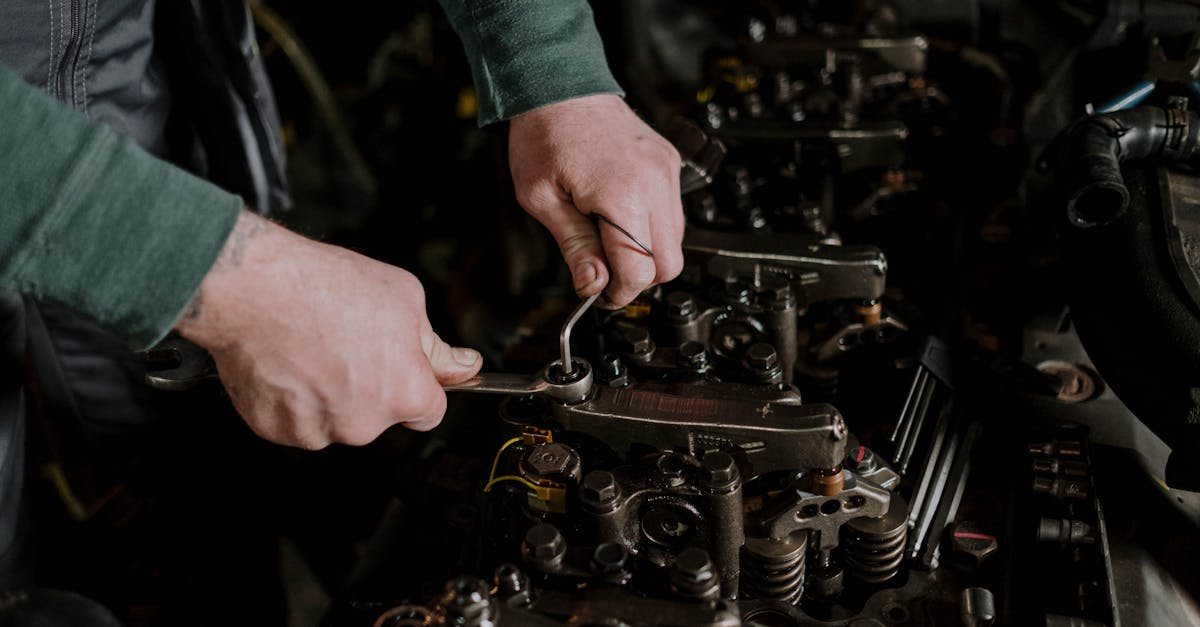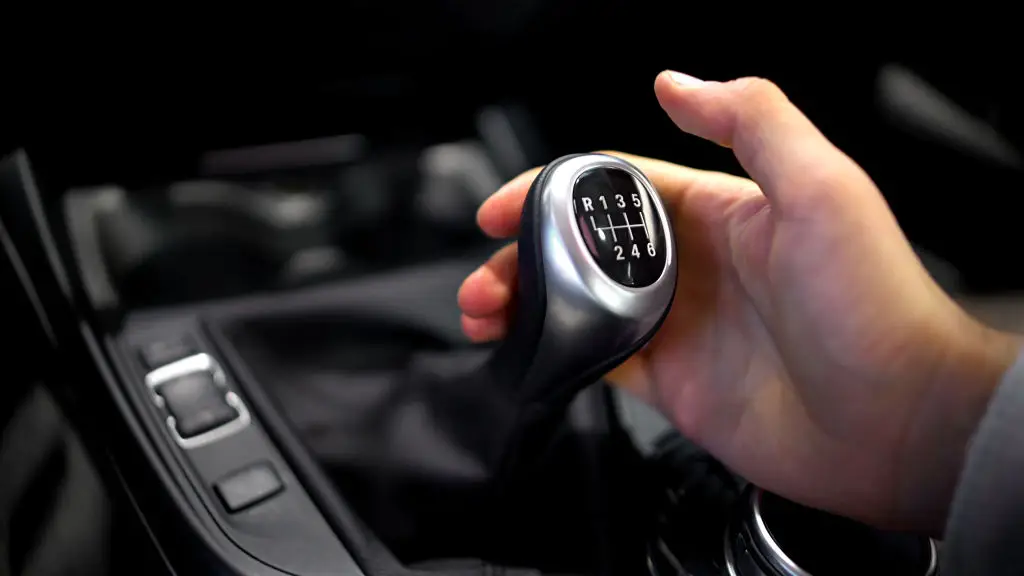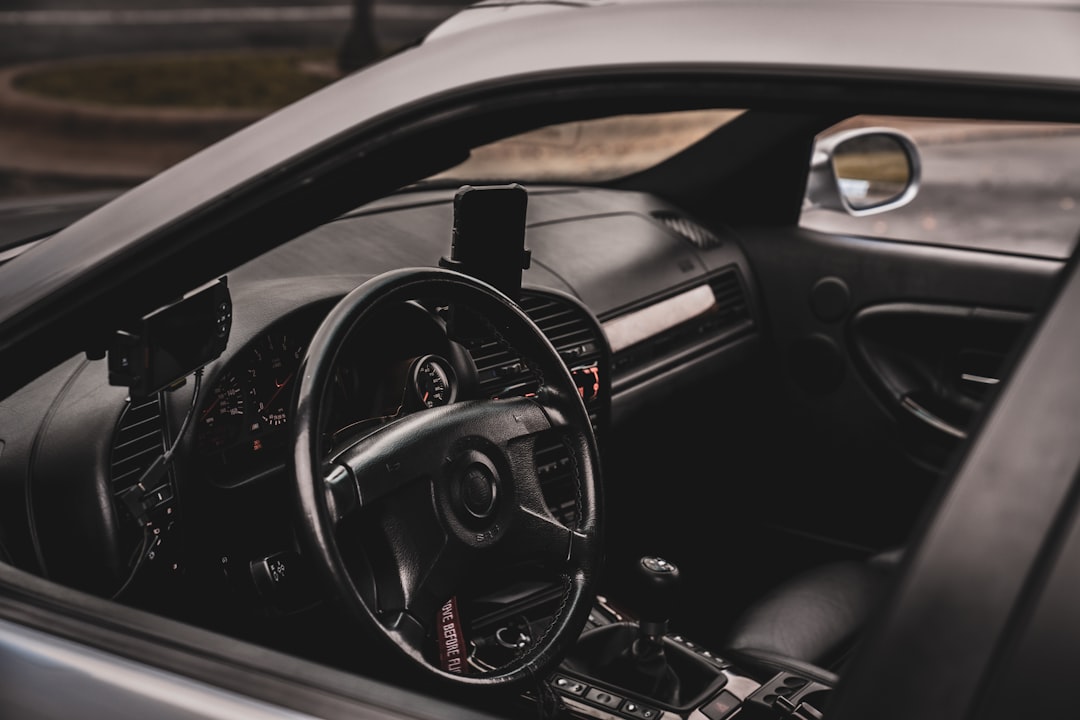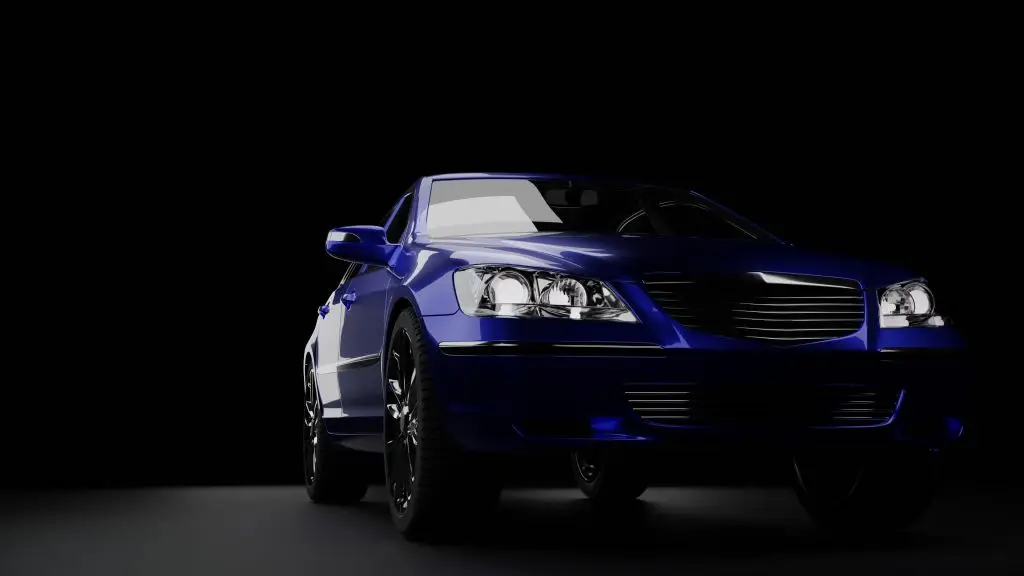Forgotten but Fierce: 9 Underrated Classic Cars That Deserve a Comeback
Some cars don’t just drive—they define an era. Long after their engines went quiet, these classic machines still turn heads, stir memories, and spark a longing that no modern vehicle quite satisfies. Sleek, rebellious, iconic—these cars weren’t just transportation; they were statements. In a world of self-driving software and electric silence, there’s something magnetic about the roar, charm, and character of old-school engineering. This article takes you on a ride through automotive history, spotlighting 9 legendary cars that deserve a comeback. From design brilliance to cultural impact, each one has a story that refuses to fade. Buckle up—it’s time to revisit the icons that made the open road feel like freedom itself.
1. The Aston Martin DB5: James Bond’s Timeless Companion
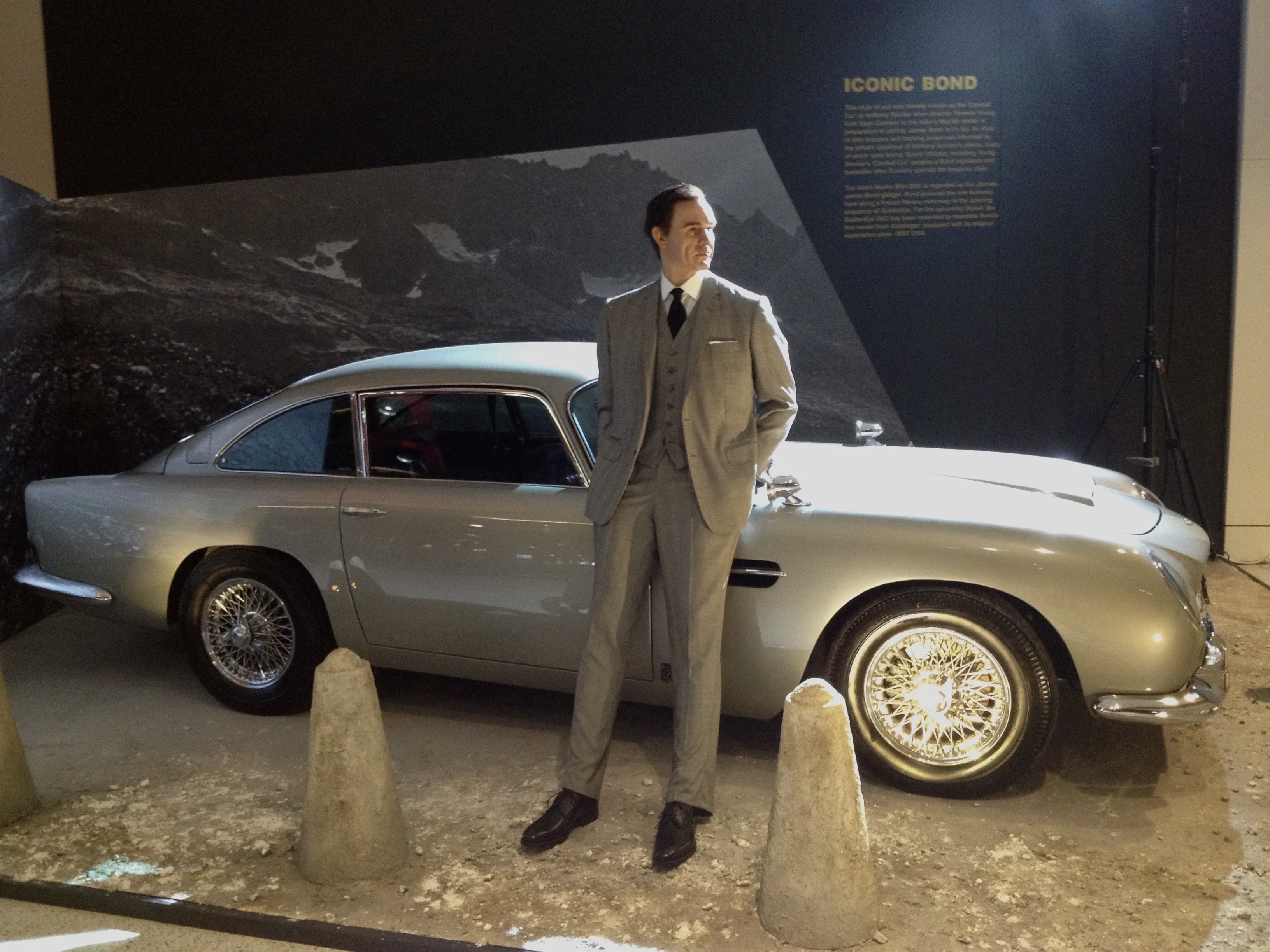
The Aston Martin DB5, forever linked with the suave persona of James Bond, is the epitome of sophistication and performance. Introduced in 1963, its sleek design and robust 4.0-liter engine captured the imagination of car enthusiasts worldwide. The DB5's association with 007 in films like "Goldfinger" and "Thunderball" cemented its status as a cultural icon. Beyond the silver screen, the DB5's luxurious interior and advanced features for its time, such as reclining seats and electric windows, set a new standard for grand tourers. As automotive technology progresses, the DB5's blend of elegance and power continues to captivate, making a strong case for its return to the modern roads.
2. The Volkswagen Beetle: A Symbol of Simplicity and Innovation
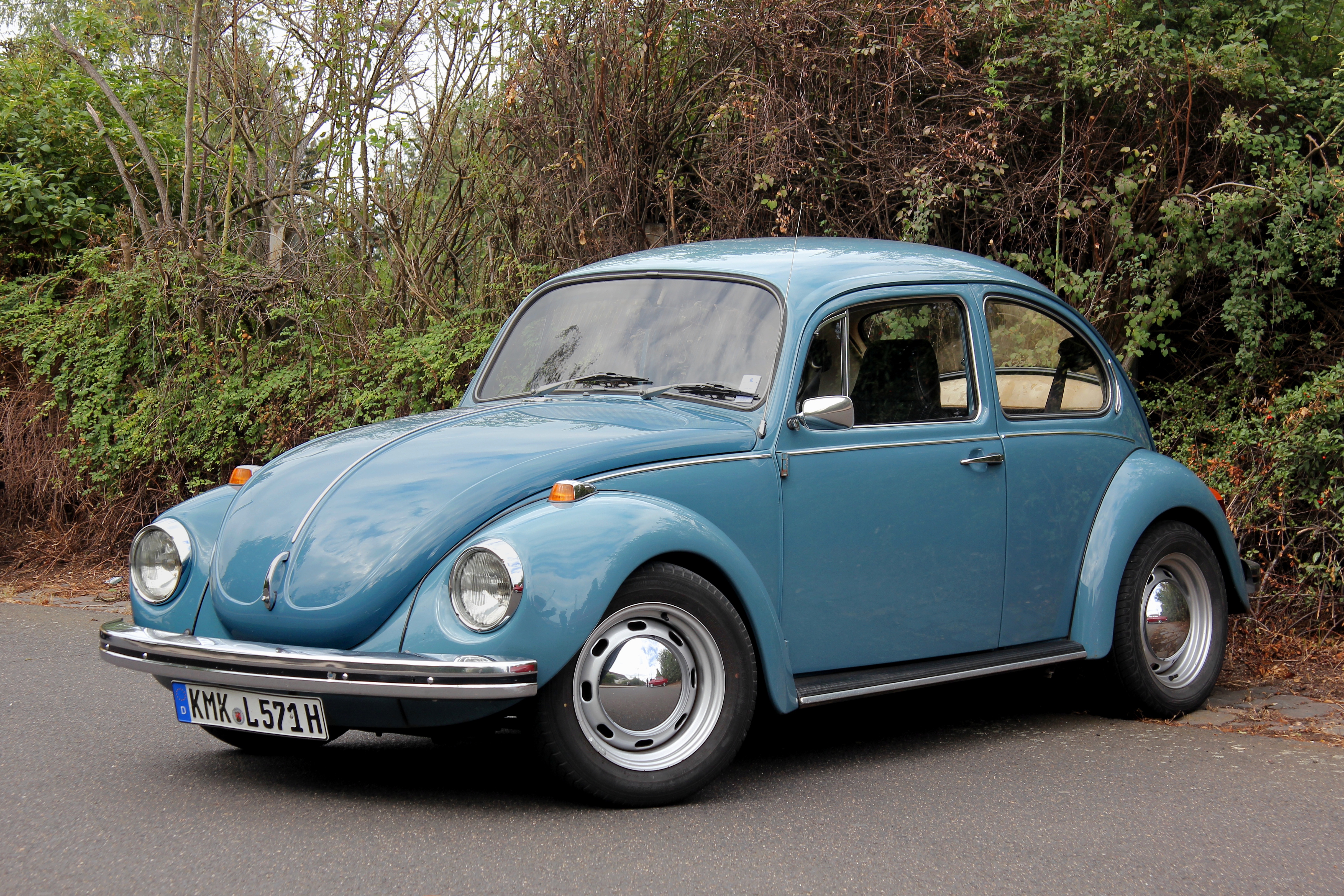
Few cars have achieved the global recognition and enduring charm of the Volkswagen Beetle. Originally designed in the late 1930s to be an affordable, reliable vehicle for the masses, the Beetle's distinctive shape and air-cooled engine made it an engineering marvel. Its cultural impact spanned decades, becoming a symbol of the counterculture movement in the 1960s. The Beetle's simplicity, ease of maintenance, and adaptability endeared it to millions, leading to various iterations and special editions. As the world embraces electric vehicles, the Beetle's spirit of innovation and accessibility could inspire a new generation of eco-friendly, yet nostalgically familiar, models.
3. The Ford Mustang: The Birth of the Pony Car
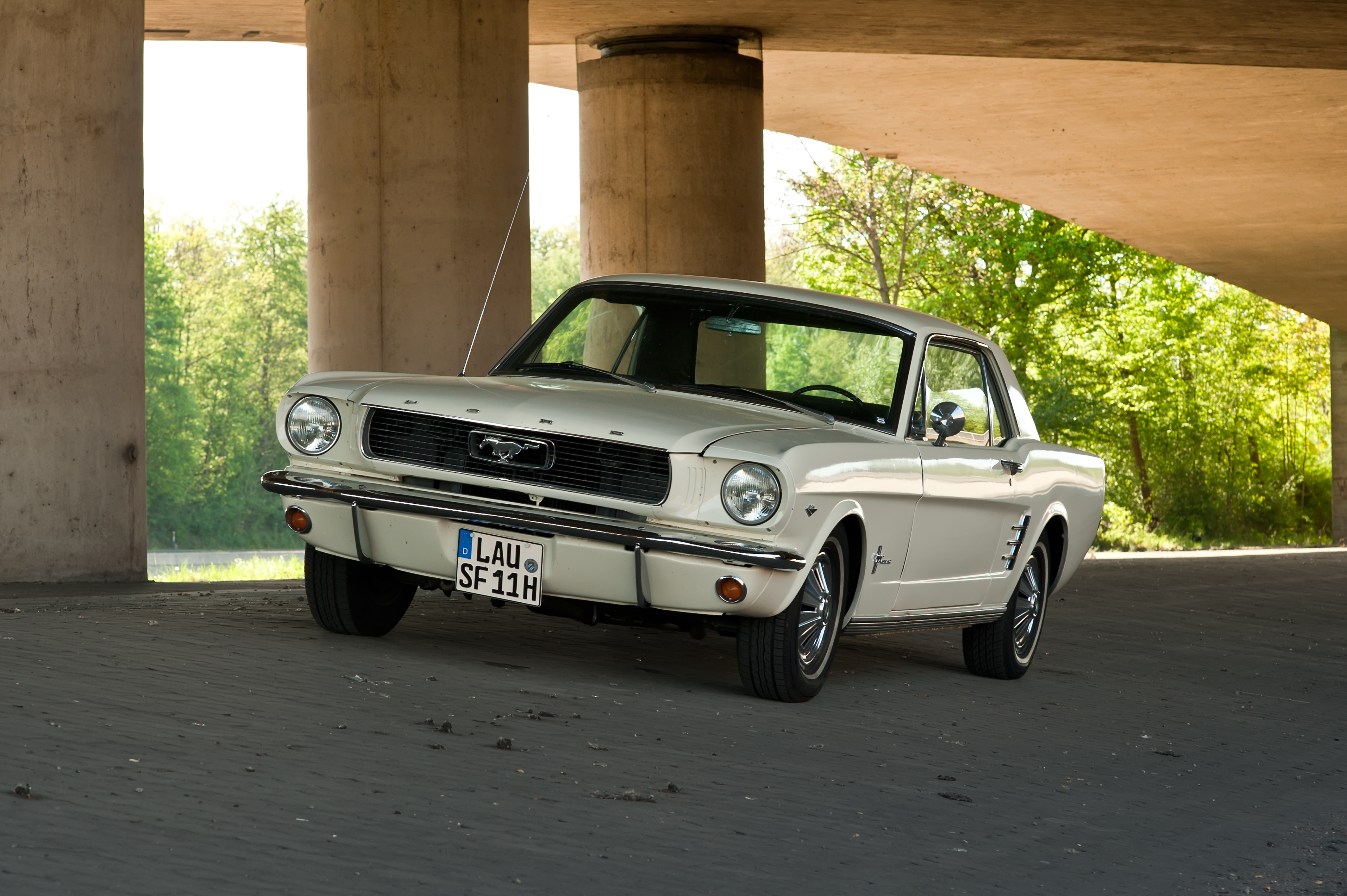
The Ford Mustang, introduced in 1964, revolutionized the automotive landscape by creating the "pony car" segment. With its long hood, short deck, and affordable price, the Mustang appealed to a broad audience, quickly becoming a symbol of American freedom and style. Its powerful V8 engine and customizable options allowed drivers to tailor their Mustang to their desires, fostering a passionate community of enthusiasts. The Mustang's enduring legacy is evident in its continued production, but a return to its roots—emphasizing simplicity, performance, and affordability—could reinvigorate the brand and attract a new wave of fans seeking the quintessential American driving experience.
4. The Jaguar E-Type: Beauty and Performance in Harmony
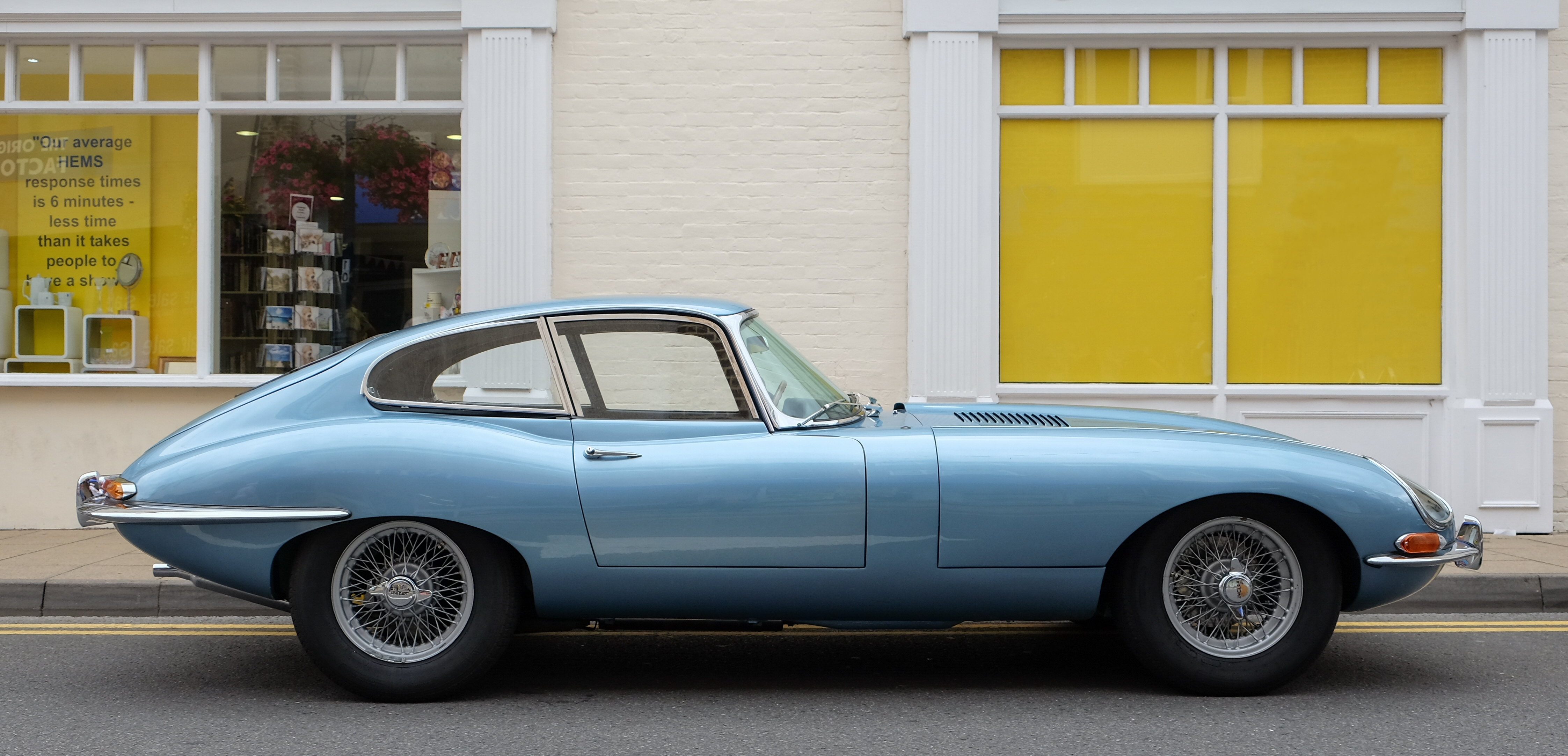
Heralded by Enzo Ferrari as "the most beautiful car ever made," the Jaguar E-Type's aesthetic appeal is matched only by its engineering prowess. Launched in 1961, the E-Type boasted a top speed of 150 mph, a feat achieved through its aerodynamic design and advanced 3.8-liter inline-six engine. Its elegant curves and innovative features, such as independent rear suspension and disc brakes, set new standards for sports cars. Despite its discontinuation in 1975, the E-Type's influence is palpable in modern Jaguar designs. A revival of the E-Type, blending its iconic looks with contemporary technology, could capture the hearts of purists and newcomers alike.
5. The Chevrolet Bel Air: A Classic of American Optimism
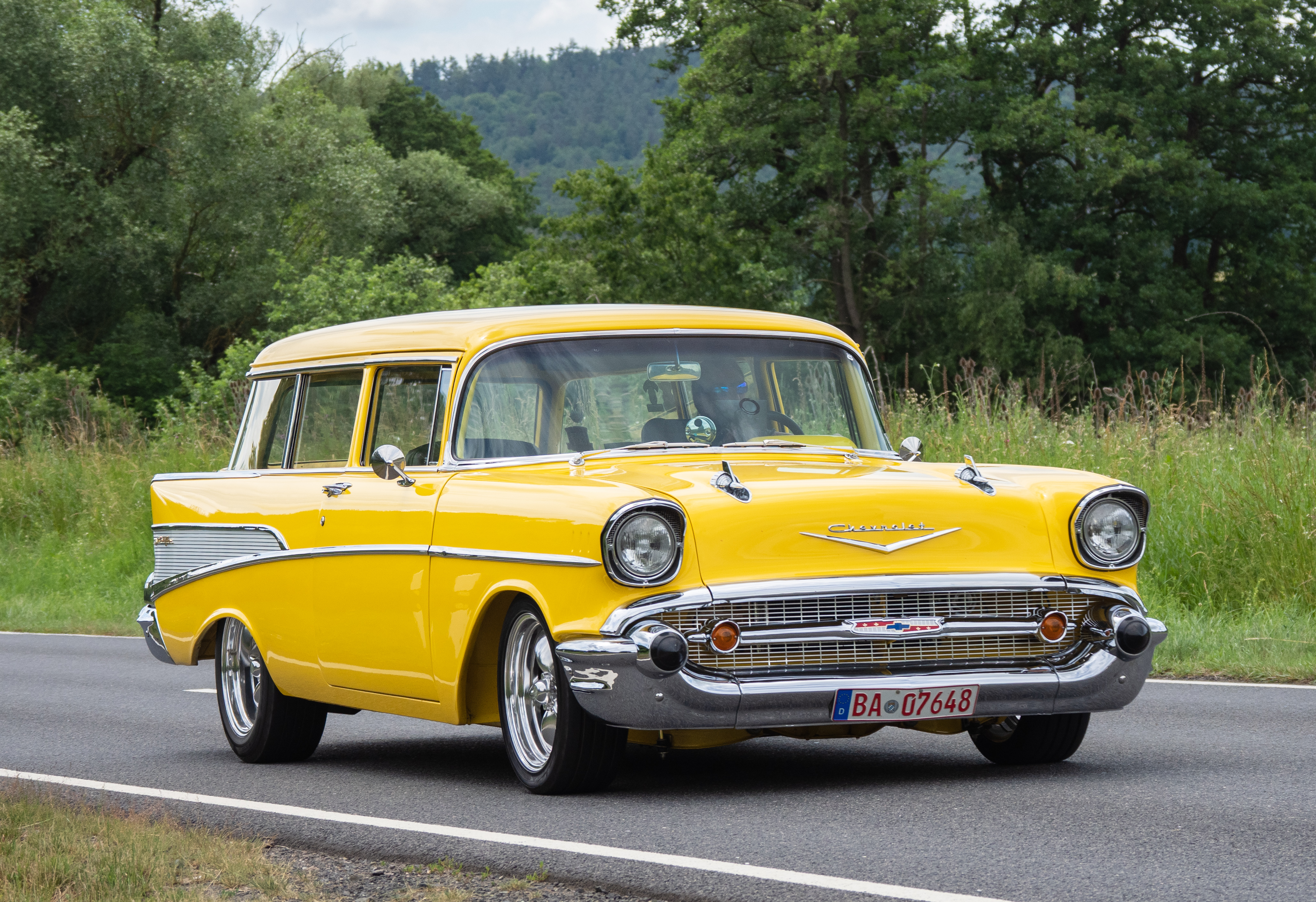
The Chevrolet Bel Air, produced from 1950 to 1981, embodies the optimism and prosperity of post-war America. Its bold styling, with distinctive tailfins and chrome accents, captured the spirit of the 1950s and '60s. The Bel Air was more than just a pretty face; it offered a range of powerful engines and luxurious features, making it a favorite among families and car enthusiasts. Its presence in popular culture, from movies to music, cemented its status as an American classic. In an era where retro-inspired designs are gaining traction, the Bel Air could make a triumphant return, offering a nostalgic yet modern driving experience.
6. The Citroën DS: A Leap into the Future
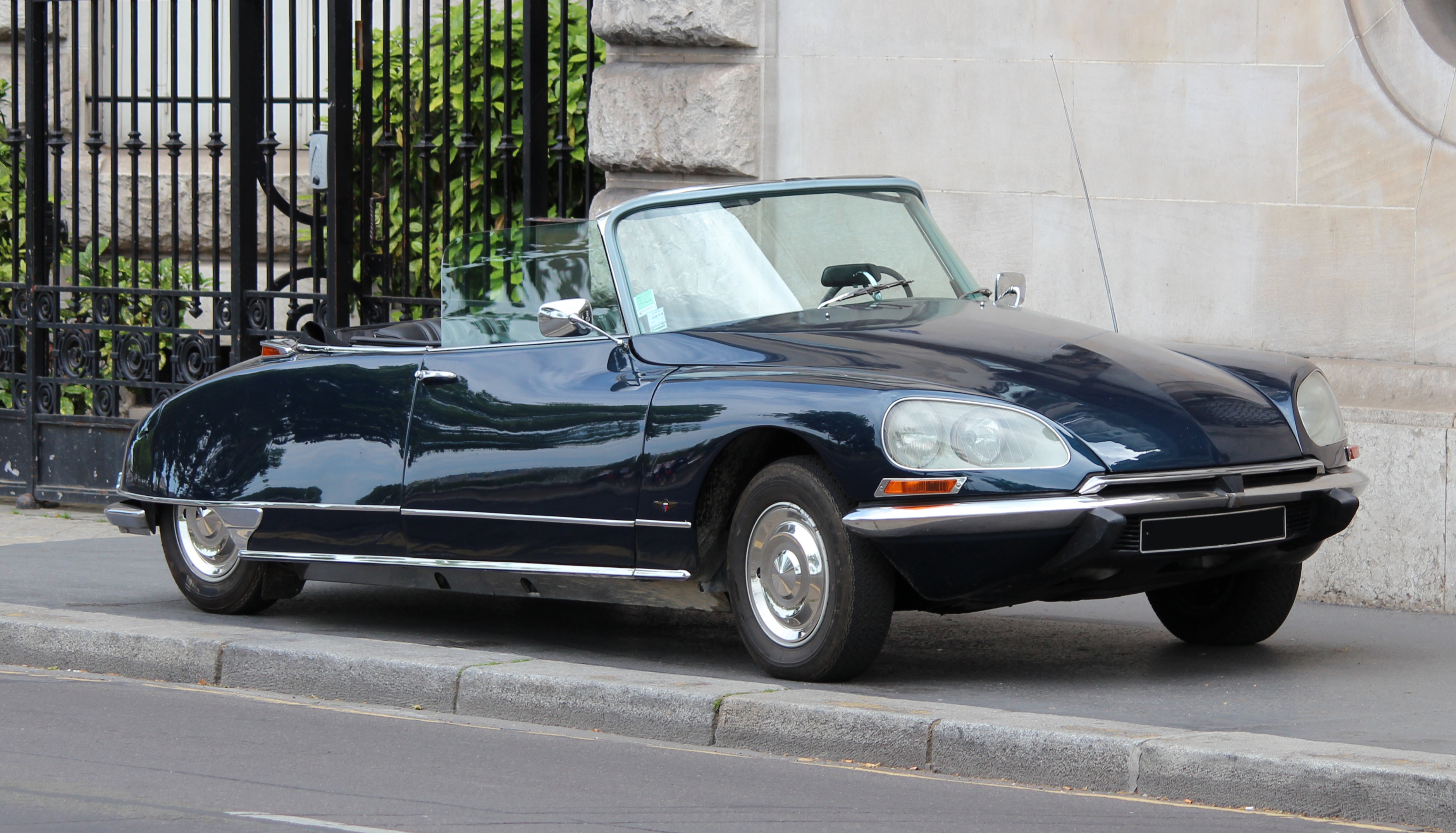
When the Citroën DS debuted in 1955, it stunned the world with its futuristic design and groundbreaking technology. Its aerodynamic body, hydro-pneumatic suspension, and innovative features like power steering and disc brakes were years ahead of their time. The DS's ability to provide a smooth, comfortable ride on any terrain made it a favorite among drivers and passengers alike. Its influence on automotive design and engineering is undeniable, yet its unique blend of style and technology remains unmatched. A modern reinterpretation of the DS could reignite interest in avant-garde design and innovative engineering, appealing to those who seek a car that stands out from the crowd.
7. The Porsche 356: The Genesis of a Legend
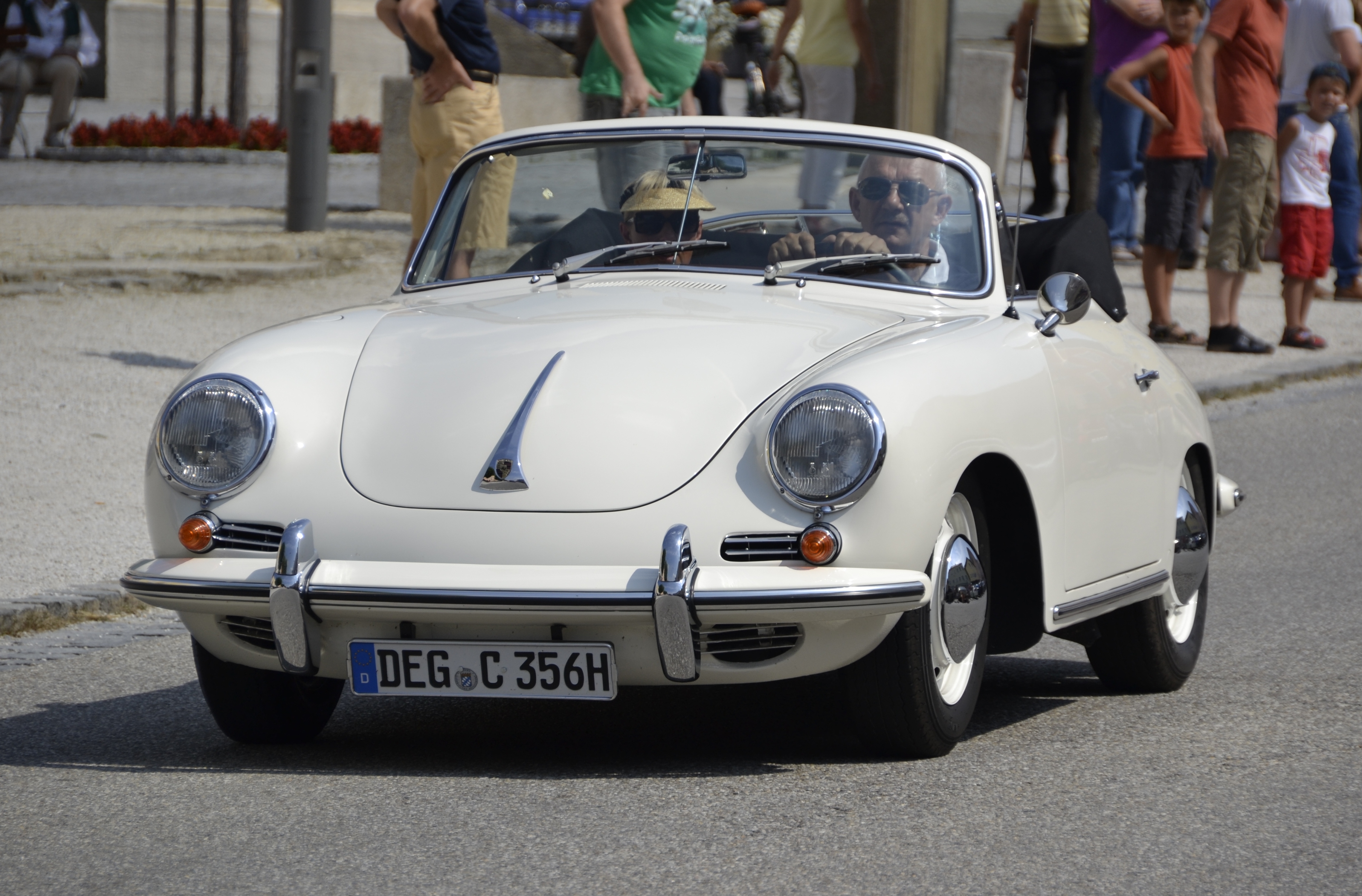
The Porsche 356, first produced in 1948, laid the foundation for the brand's reputation as a maker of high-performance sports cars. Its lightweight design, rear-engine layout, and nimble handling made it a joy to drive, earning it a loyal following among enthusiasts. The 356's success set the stage for future Porsche models, including the iconic 911. Despite its age, the 356's timeless design and driving dynamics continue to inspire admiration. A modern revival of the 356, incorporating contemporary technology while preserving its classic charm, could captivate a new generation of drivers who appreciate the purity of a true sports car.
8. The Alfa Romeo Spider: An Italian Icon
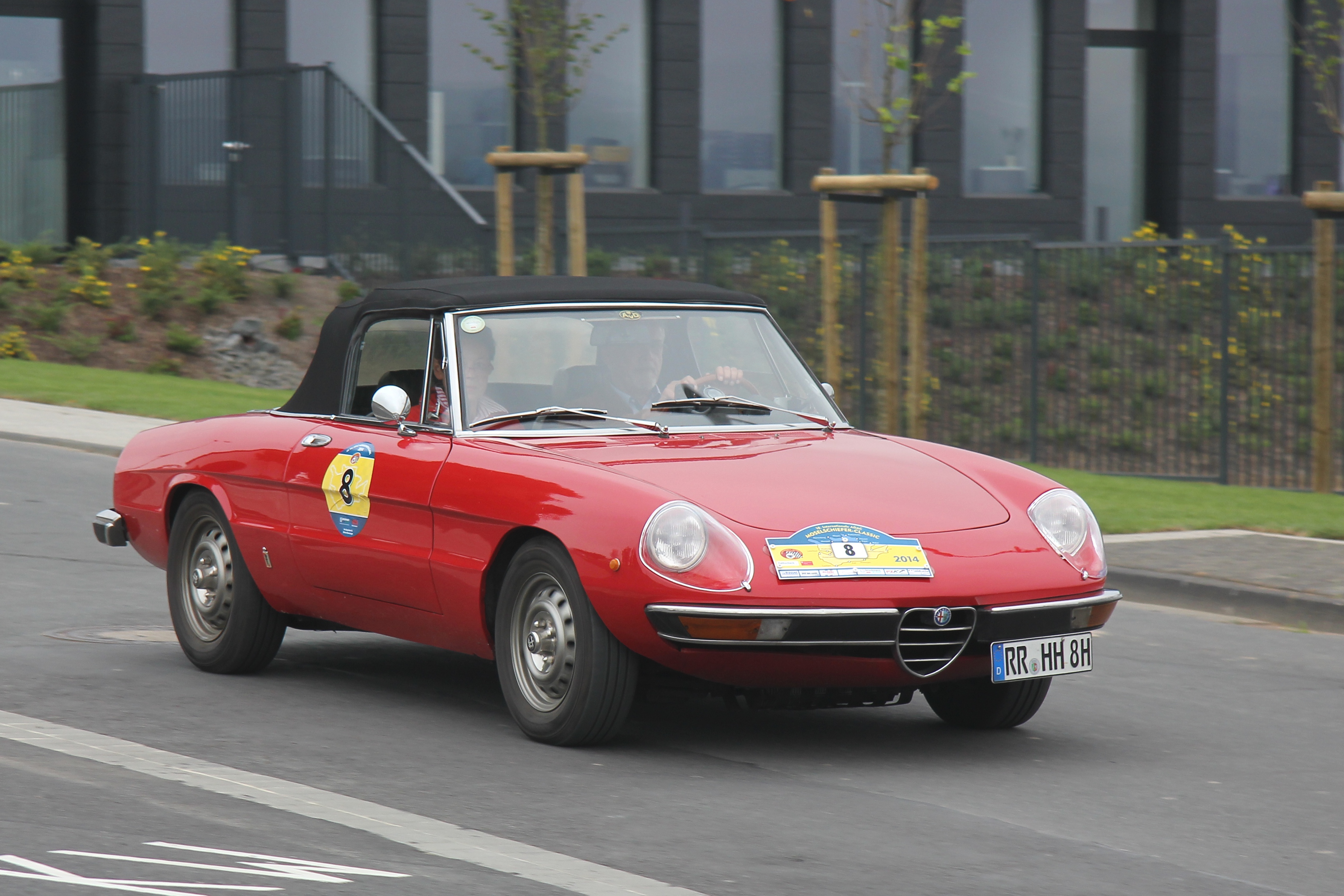
The Alfa Romeo Spider, produced from 1966 to 1994, epitomizes the Italian passion for design and driving pleasure. Its sleek, Pininfarina-designed body and responsive handling made it a favorite among sports car enthusiasts. The Spider's starring role in films like "The Graduate" only added to its allure, making it a symbol of youthful rebellion and romance. Despite its discontinuation, the Spider's legacy lives on in Alfa Romeo's modern lineup. A revival of the Spider, blending its iconic design with cutting-edge technology, could rekindle the spirit of Italian motoring and offer a seductive alternative to contemporary sports cars.
9. The Mercedes-Benz 300SL: The Birth of the Gullwing
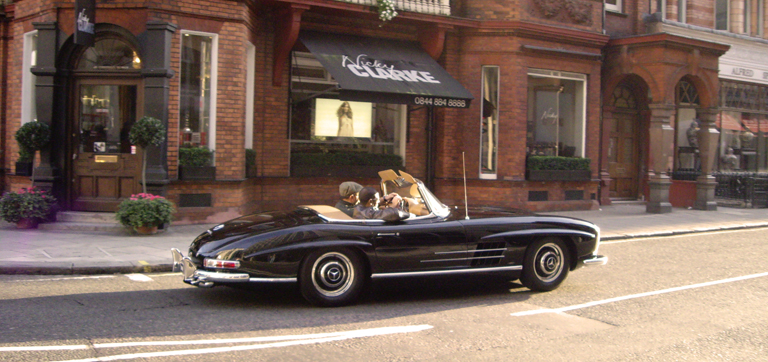
The Mercedes-Benz 300SL, introduced in 1954, is renowned for its distinctive gullwing doors and groundbreaking engineering. Its lightweight tubular frame, fuel-injected engine, and aerodynamic design made it one of the fastest cars of its time. The 300SL's blend of performance and luxury set a new standard for grand tourers, influencing generations of Mercedes-Benz models. Its rarity and historical significance have made it a coveted collector's item, but its spirit endures in the brand's commitment to innovation and excellence. A modern interpretation of the 300SL, merging its iconic features with state-of-the-art technology, could captivate a new audience while honoring its storied past.
Reviving the Icons of the Past
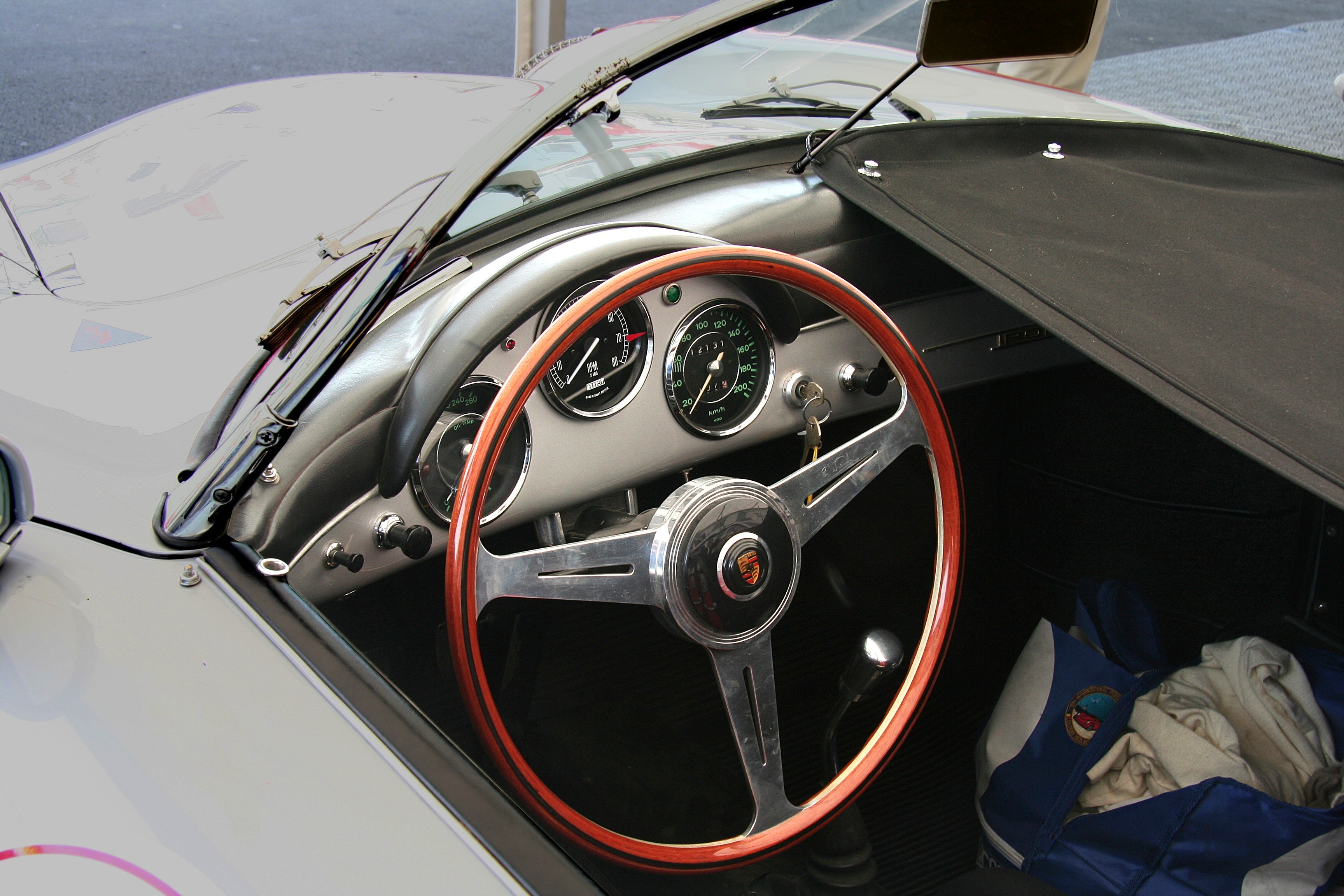
These 9 classic cars aren’t just relics of the past—they’re blueprints for what made driving thrilling, personal, and unforgettable. Each one tells a story of bold design, breakthrough engineering, and cultural flair that today’s cars often struggle to recapture. In an age of quiet electric motors and digital dashboards, these legends remind us of a time when the road had soul and every drive felt like an experience. Reviving them isn’t just about nostalgia—it’s about reawakening the artistry, emotion, and character that once defined automotive greatness. As we speed toward the future, let’s not forget the machines that made us fall in love with driving in the first place.

